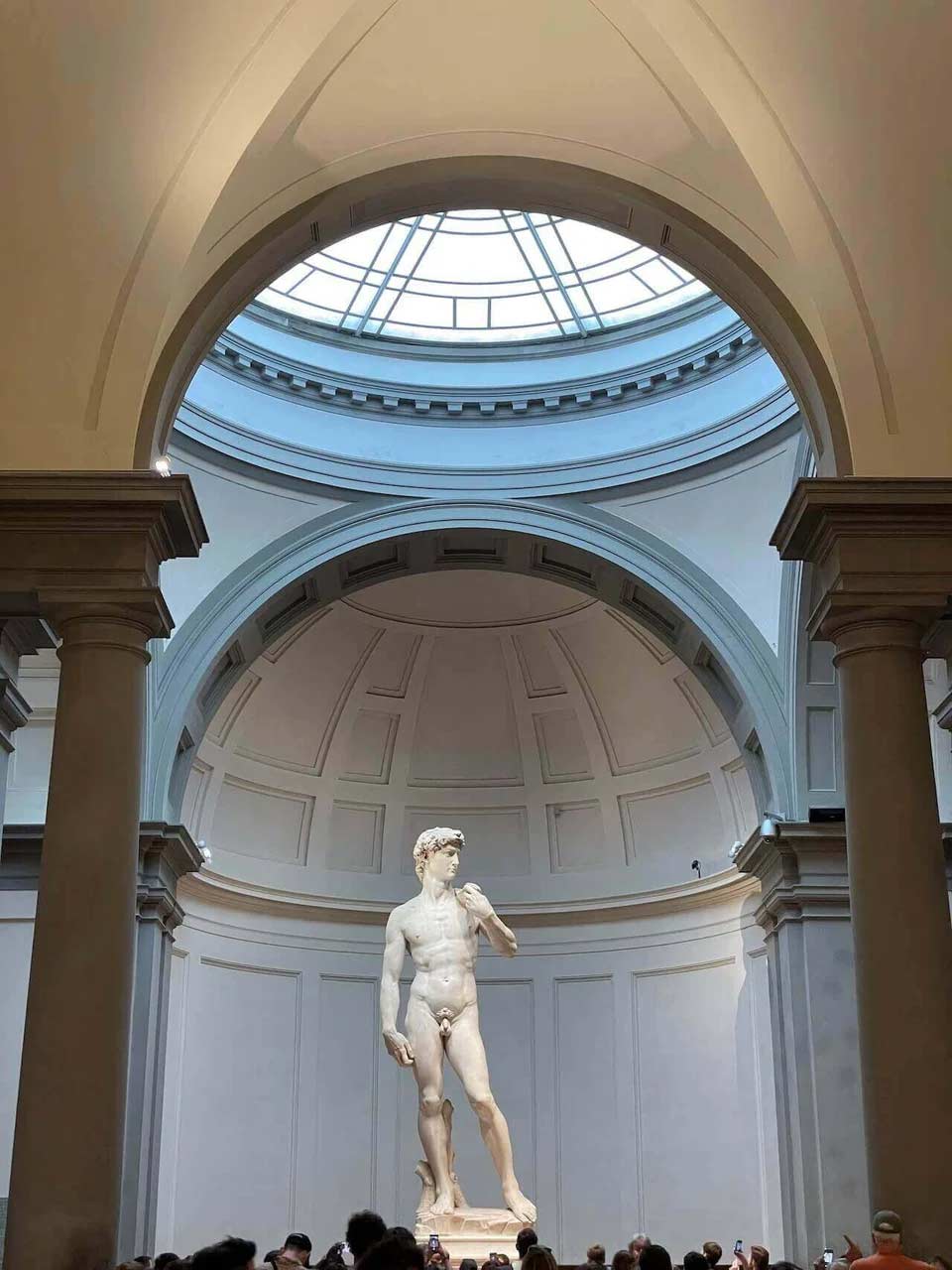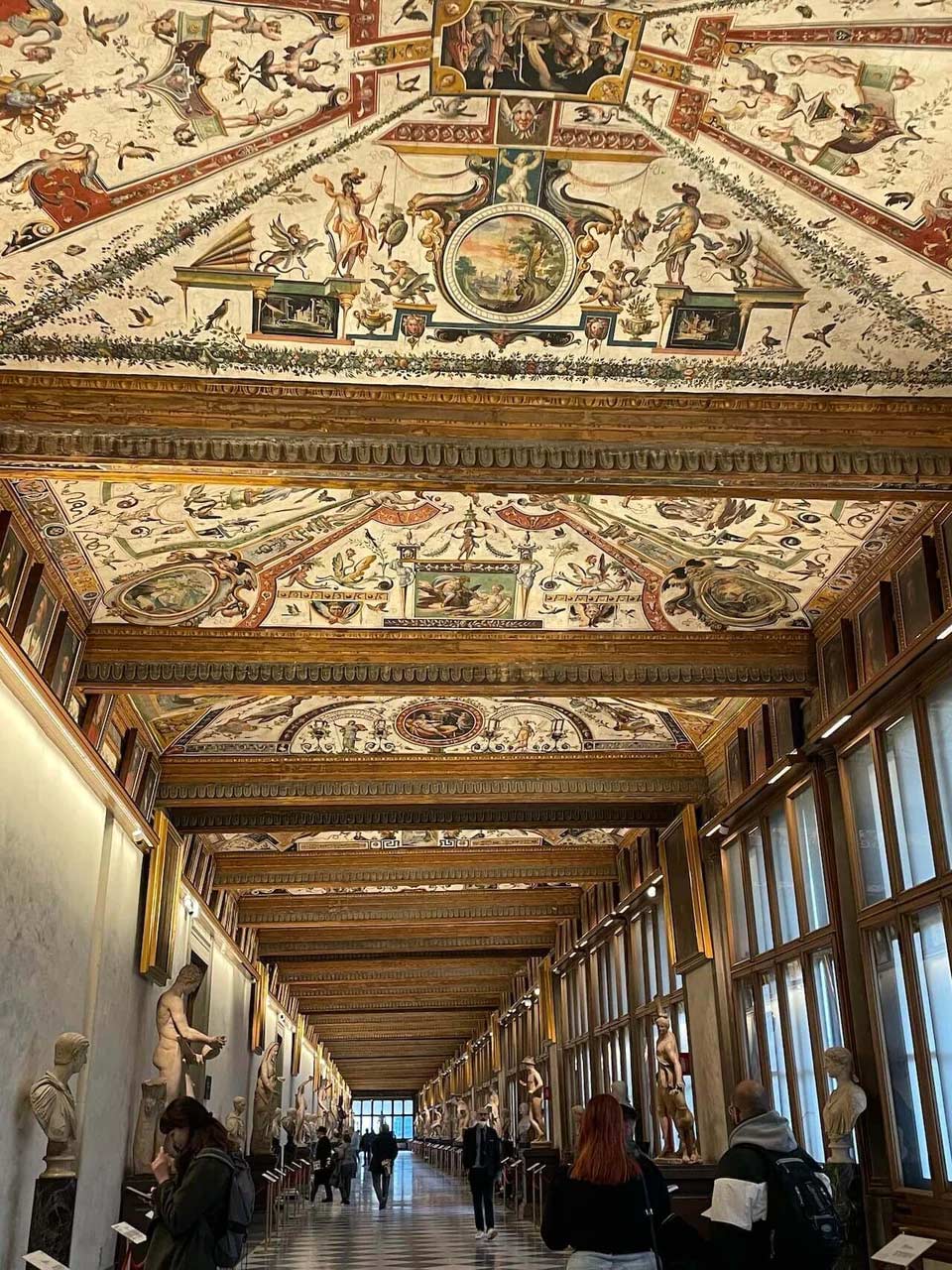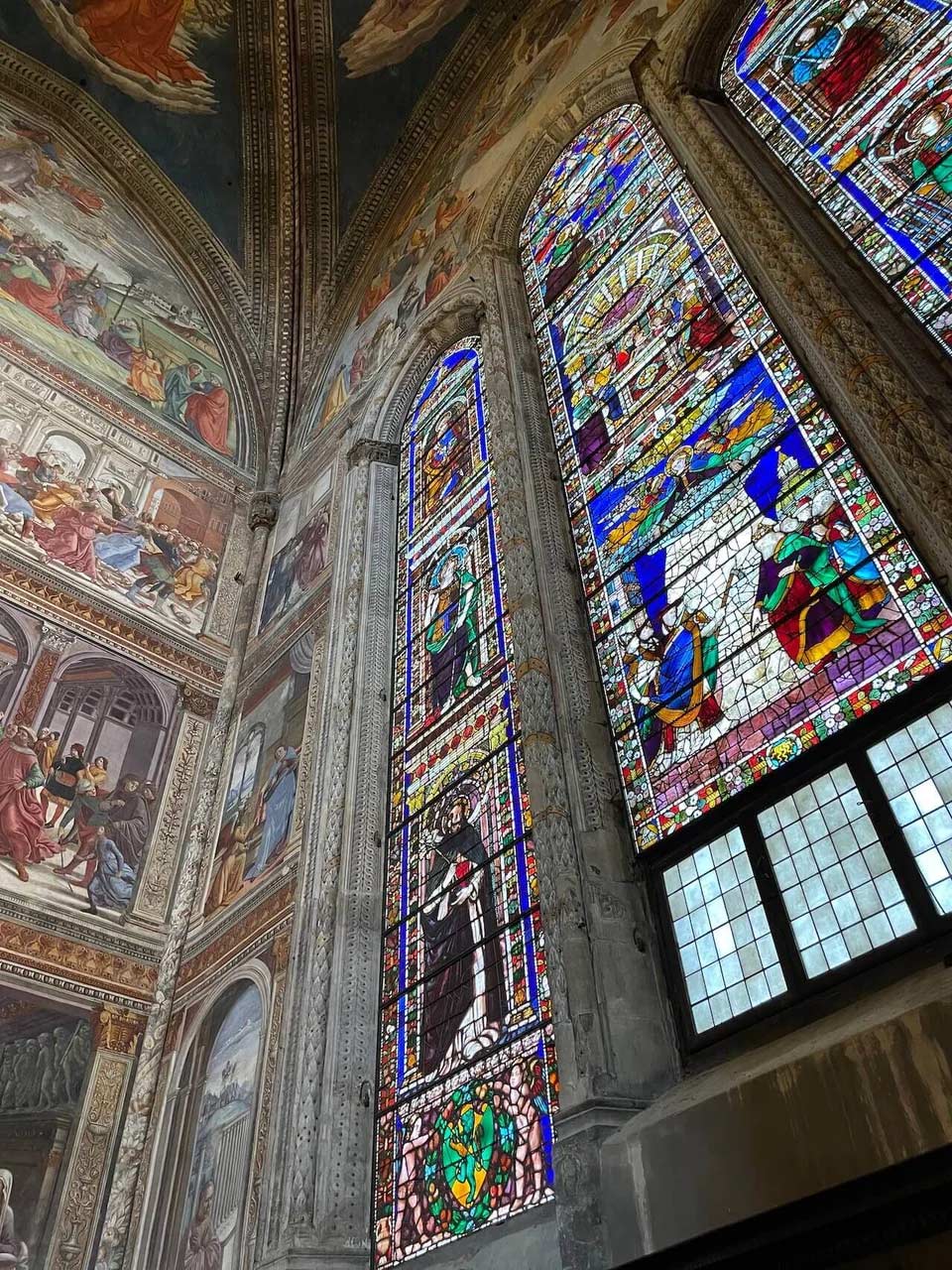Now that I have lived in Florence for a few months, I am confident in my ability to explore the city. City exploration can involve restaurants, shopping, and most importantly, tourist attractions!
As the birthplace of the Renaissance, Florence is especially popular for its museums and churches. They are a must-see for anyone looking to learn more about a culture, especially Florentine culture. As a student living in Florence, I know that it is essential to make these visits not just for my personal growth, but also for my academic growth.
Not only does Florence have many options to choose from, but these options demonstrate a variety of styles and methods originating from the Renaissance period. Here are some of the best museums and churches to visit when in Florence, especially as a study abroad student!
-
Galleria dell'Accademia
Can you really say you lived in Florence if you didn't see David? Michelangelo's David statue is simply incredible. Located in the Galleria dell'Accademia, the David statue is one of the most famous statues in Florence and possibly the world. Michelangelo created the sculpture in the 1500s from marble, and it now stands at 5.17 meters (almost 17 feet high).
In addition to the David statue, the Galleria dell'Accademia also features works by Lorenzo Bartolini and his student Luigi Pampaloni, musical instruments significant to historical Italian leaders, and gold ground paintings from Florence artists in the 13th-15th centuries.

-
Galleria Degli Uffizi
The Uffizi Gallery hosts many works of art from the Italian Renaissance that are a must-see. Some artists include Botticelli, Titian, Michelangelo, and da Vinci. Many of Uffizi's collections came from the Medici family. This powerful family, who influenced many of the most important Italian Renaissance works, left the art to the Tuscan government to maintain for local and global visitors!
Even the CEA CAPA curriculum believes this museum is a must-see! One of my courses is Renaissance Art History, and I am required to visit the Uffizi on my own as part of a project.

-
Basilica di Santa Croce
Aside from museum collections, churches are a large part of preserving the culture and history of the Renaissance in Florence. The Santa Croce is a Gothic-style church from the 1200s. Its exterior, or "facade," (face or exterior) is from the 1800s. Crowds flock to Santa Croce to see a special type of painting called fresco. There are also popular works here from the famous sculptor Donatello, including the Annunciation and the Crucifix.

The church features works relating to the Franciscan order, and it is a primary Franciscan church in Florence. It is also a minor basilica of the Roman Catholic Church! Located in the church are the tombs of Michelangelo, Galileo, Machiavelli, and a cenotaph to Dante.
-
Santa Maria Novella
Like Santa Croce, the Santa Maria Novella is a Gothic-style church. It was built in the 1200s and has a facade, which is a Renaissance style of art, from the 1440s.
It features works from the Dominican order, contrasting to Santa Croce's representation of the Franciscan order. Some poignant art that is hosted here includes Masaccio's Holy Trinity and Giotto's crucifix. There is also a cycle of fresco paintings by Ghirlandaio, dedicated to the Virgin Mary and St. John the Baptist.

-
Palazzo Vecchio
You might know this attraction from Dan Brown's book Inferno.
Beginning in the 1290s, the Palazzo Vecchio served as a palace to host government organizations. There are many rooms. Government officials could work and reside in the palace. Architect Arnolfo di Cambio, who built the Duomo of Florence and the Santa Croce Church, also contributed to building this palace.
It is one of the most famous symbols of Florence and features many interesting aspects to tour including secret passages, the largest room in the city of Florence, and more! The powerful Medici family lived here, and I was able to take a tour of their passages with CEA CAPA.

Although the options that Florence offers may seem intimidating, it is amazing to live here for months as a student. Cherish the time you have and learn something new about the culture! You are far from boredom in a city as cool as Florence, and likely a few steps away from attractions of culture and history!











